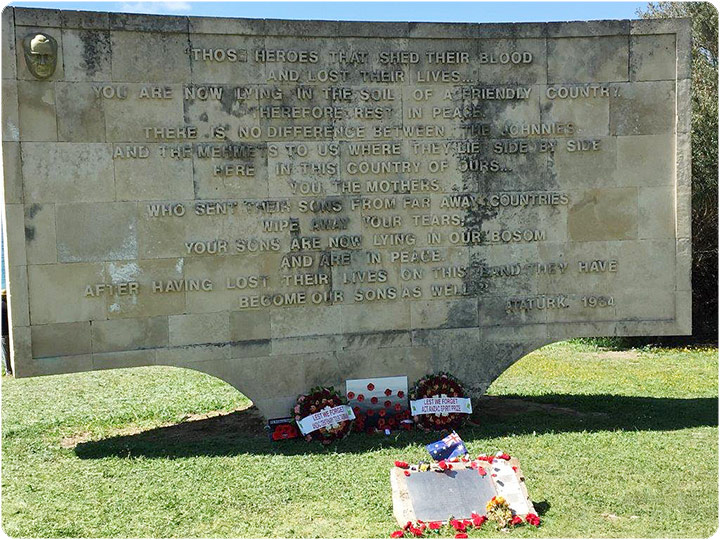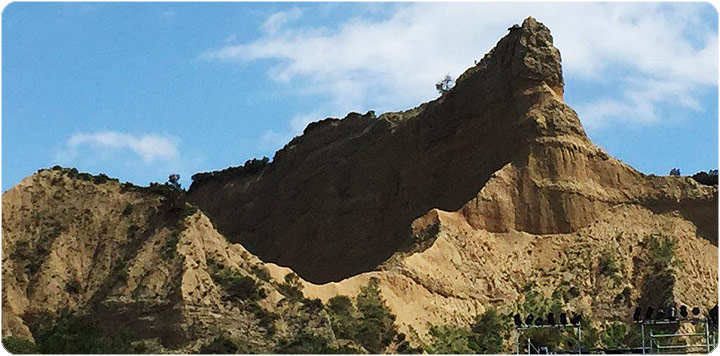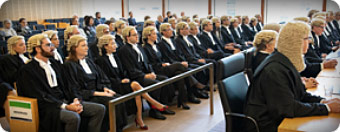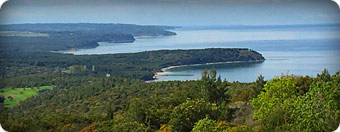An Australian visitor to Turkey, whether or not on or around Anzac Day, would do well to consider visiting the Gallipoli Peninsula. For the traveller by sea, anchored off the Aegean Sea coast or in the Dardanelles, the visit is easy. The task for the road traveller is more difficult on account of distance, and the lack of availability of nearby accommodation.
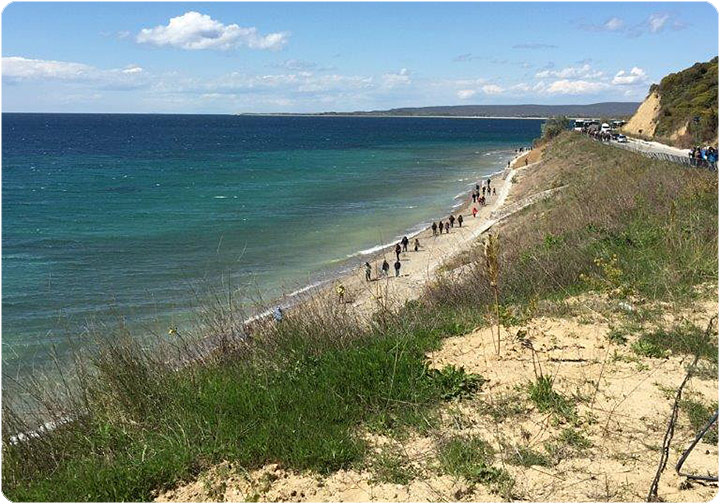
The writer, along with the Hon Richard Chesterman QC, Graham Gibson QC, Richard Morton and Caite Brewer, travelling by sea, visited on the occasion of the centenary of the 25 April 1915 landing. While the Peninsular was a busy place in the week of commemoration, the sea and weather conditions were favourable, and the memorials and cemeteries were in pristine condition.
Passing into the Dardanelles and traversing the Gallipoli Peninsula, it is difficult to believe that at any time this part of the world was the subject of intense conflict. The natural beauty, of the coastline in particular, is breathtaking to behold. Any vestige of combat is difficult to detect. Nature has regained its hold.
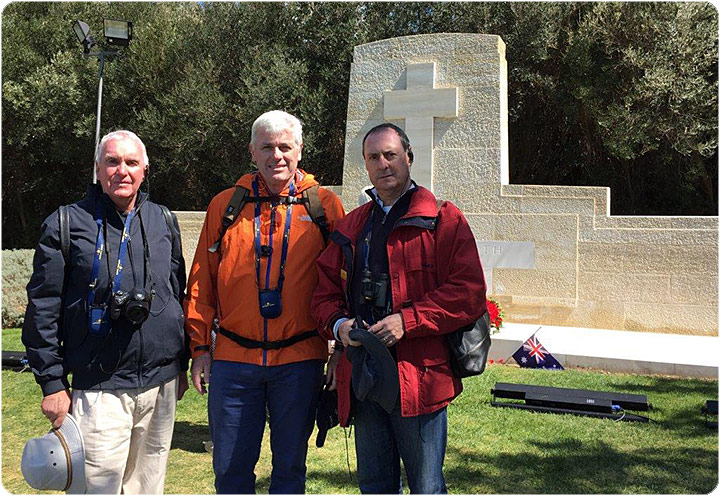
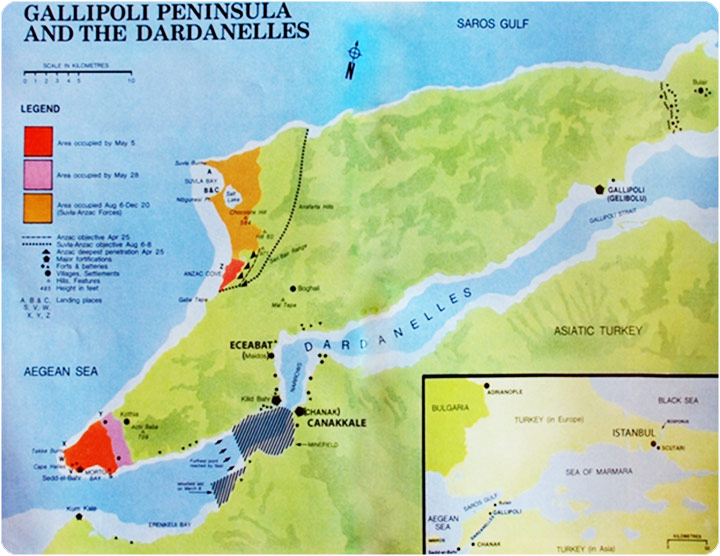
Click here for more information on Anzac and Gallipoli First World War Memorials -Turkey
Not difficult to locate, however, are the military memorials and cemeteries which commemorate the bravery and sacrifice of the Australian diggers, soldiers from other Commonwealth countries (New Zealand, Great Britain and India) and France, and the defending “Johnny Turk” troops. They fought, and in many cases died in an abortive attempt by the Allies to knock the Ottoman Empire from its axis with Germany and the Austro-Hungarian Empire, and to reopen the Black Sea to naval access.
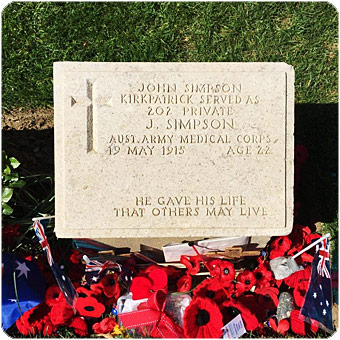
Over 100,000 lives were lost in the Gallipoli campaign. Of those 60,000 were Ottoman, and almost 9,000 Australian diggers. There were 300,000 non-fatal casualties. And such carnage ensued in only eight months!
Thirty-four war cemeteries are located on the Gallipoli Peninsula. There are memorials to the various participating forces, including those of Ottoman Empire. Turkey, the secular country which emerged from the remnants of the such Empire, was created in 1923.
The Australians who served spanned age and social demographics. Most, of course, were in their twenties and thirties. Private John Kirkpatrick (aka Simpson), a British born journeyman and iconic military stretcher bearer, whose grave is depicted in the photographs accompanying this article, was aged 22. Colonel (later General Sir) John Monash, an Australian born of German immigrant parents surnamed “Monasch”, a civil engineer in civilian life, turned 50 while serving at Gallipoli.
The warmth of spirit of the Turks towards Australian and New Zealand visitors cannot be overstated. We received generous, and at times reverent, attention by Turks at Gallipoli and across this vast country. This was not confined to the recent commemoration. Visitors at other times, and away from Anzac Day, have made similar observations.
The Gallipoli Peninsula is located in Turkish Thrace, the portion of Turkey within Europe. The Aegean Sea is to the west and the Dardanelle Strait is to the east. See the pictorial map with this article. The name “Gallipoli” derives from Greek, meaning “beautiful city”.
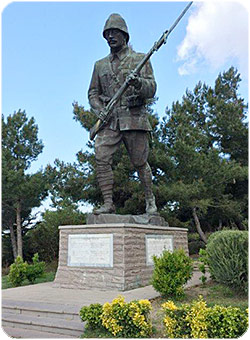
The Gelibolu (Gallipoli) Peninsula Historical Park was established in 1973, on the fiftieth anniversary of the creation of the Turkish state. It comprises much of the Peninsula, covering some 33,000 hectares or 330 square kilometres. No development is permitted, not even hotel construction. The Park can be reached from the Tekirdag and Gelibolu Highways. From Canakkale, on the Asian Dardanelle coast, there are ferries to Kilitbahir and Eceabat on the Peninsula.
Many Turks visit Gallipoli. The area is of significant cultural importance to the nation. The Peninsula comprises not just war memorials and cemeteries, but also many archeological sites dating back to 4000 BC. Turks, however, do celebrate their victory in the Dardanelles campaign, of which the Gallipoli campaign was part.
That campaign was one of the few military successes enjoyed by the Ottomans leading up to and during the Great War. Pre-war they were defeated in, and lost control of their territory in the Balkans. After 1914 their forces were annihilated in what was then Palestine and Mesopotamia, by the Commonwealth forces, and in the Caucuses, by the Russians and the freezing weather.
Members of Queensland’s existing and future legal profession served in the Gallipoli campaign. That service, and that of Queensland lawyers generally in the Great War, are the subject of a special project of the Supreme Court Library Committee, titled “In Freedom’s Cause”. The Hon Justice John Logan RFD co-chairs the project subcommittee.
According to records accessed thus far by the project subcommittee, those members of the profession who served at Gallipoli were:
Frederick Steuart Hope
Harry William Lee (later killed in action in France)
Francis Thellusson Lukin
Herbert Francis McLaughlin
John Thomas McNamee
Norman Rupert Mighell
Francis Roger North
Walter Byron James Pattison (died of wounds sustained at Gallipoli)
Leonard Plunkett Power
Raymond Ferrers Shirley (killed in action at Gallipoli)
Thomas Harold Stabler
Colin Pride Stumm
Percival John Thorn
Lachlan Chisholm Wilson
Rupert George Young
I am indebted to Justice Logan permitting me to publish the following as an example of the history elicited in the course of the project:
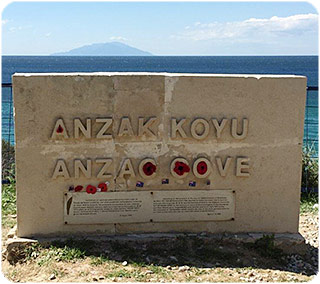
A case in point is Lachlan Chisholm Wilson of whom I have prepared a biography for the project.
Wilson was admitted as a barrister in the 1890’s, worked after that in the Crown Law Office and enlisted as a trooper in a mounted infantry unit in the Boer War. Shortly after returning from active service, he left the Crown Law Office and went to Townsville. There he practised as a solicitor and came to be a partner in the firm now known as Wilson Ryan Grose. One of his friends was Robert Johnstone Douglas (later the Northern Judge, Hon Justice R J Douglas), with whom he served for a time in the militia. Wilson returned to Brisbane in 1912 and became a partner in the firm Tully & Wilson. He kept up his service.
Wilson landed at ANZAC Cove in May 1915 as a Major and 2IC of the 5th Light Horse Regiment, having joined the AIF shortly after the outbreak of hostilities. The Light Horse was sent to Gallipoli as reinforcements after the severe casualties following the initial landings. Wilson assumed command of 5LH when his commanding officer (a fellow BGS Old Boy) was killed in action in July. After the Evacuation, he went on to become a Brigadier General, commanding the 3rd Light Horse Brigade.
After the war, he returned to practise at Tully & Wilson. All of this time, he remained on the roll of barristers, because one could practise as either until 1938. It was not until then that the legislation was changed such that one had to choose. Wilson chose to cross the rolls and become a solicitor.
The library will soon distribute, to BAQ members and other members of Queensland’s legal fraternity, information pertaining to the project, together with a humble request for (tax deductible) donations towards its finalisation. Members are encouraged to support this important endeavour.
No-one ought underestimate the intimate attachment many Australians have with Gallipoli. As an example, one visitor on our ship of Australians, an ex-Navy man who succeeded in a ballot to attend the shore ceremonies on 25th April, slept the night before beside his grandfather’s grave. He told us he felt reunited and complete.
The Editor’s selection of photographs which accompanies this article, hopefully, will whet the appetite of the reader to visit Gallipoli. The writer looks forward to returning.
Richard Douglas
